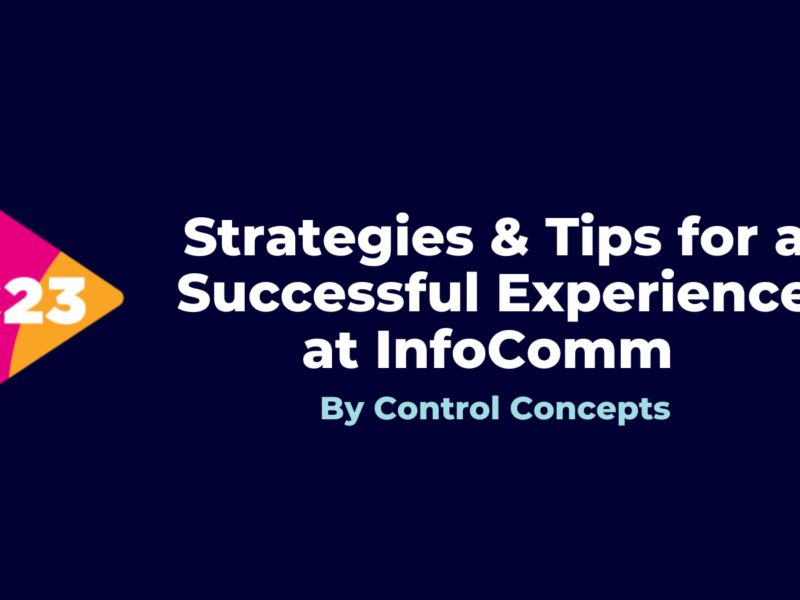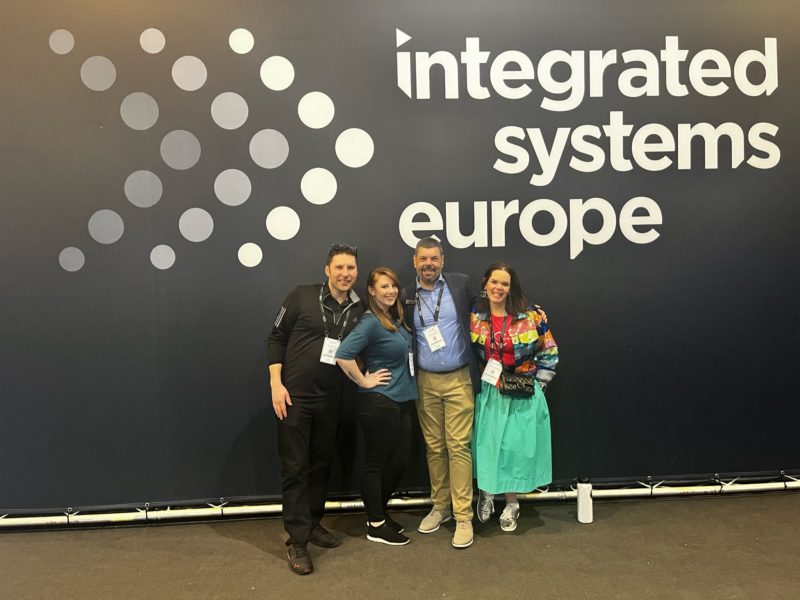Creating Harmony By Understanding Personalities
No matter the company or situation, the relationship between sales and engineering is always strained. Despite their need to work together the ability to find harmony is often a challenge. Similarly, tensions also exist between other team roles or departments such as project management and programmers, or marketing and product development. In each case, a compromise must be found between their opposing forces in order for business to thrive. Creating harmony in your team starts by understanding DISC profile and personalities.
Although all the intentions are good and everyone is on the same team in pursuit of a collective goal, the ability to work together and see eye-to-eye remains a challenge for many who come from differing areas of strength or perspectives within an organization. What is important to understand is that all the roles within an organization are important to its success. Each has its place and could not function without the others (though some feel they are more critical and wish the others were non-existent).
Without sales and marketing generating opportunities, there would be no work to be done. Without engineers, programmers, and project managers, the deliverables could not be provided, commitments would not be met, and clients would not be satisfied. Additionally, it is the customer or technical support team that keeps clients happy, human resources that cares for the team members, and accounting that keeps the money flowing. With all of the various components working in harmony, the cycle of business runs fluidly resulting growth and prosperity. Overcoming common challenges in communication, approach, pace, and level of detail are what make teams effective and businesses successful.
Why is it so difficult for some roles within an organization to get along despite being on the same team?
What it comes down to is that the types of people who traditionally excel at defined roles within an organization posses a common set of core skills and strengths. While these traits may be ideal for one role, they could be undesirable for another. For example, sales people tend to be people oriented, fast moving, spontaneous, and fearless. Whereas, engineers are typically deliberate, calculated, detail oriented, and risk-averse. Comparing these two sets of opposing traits, there is no wonder why two roles are prone to conflict.
Understanding personality types is a great asset not only for employers and candidates seeking to fill a position, but it is also a very helpful tool for managers who need to lead multi-disciplinary teams, co-workers needing to work together productively, and client/vendor relationships. It is important to not only recognize and be able to interpret the personality types of others; it is incredibly valuable to be comfortable with understanding your own personality type.
Personality types describe a person’s behavioral traits, tendencies, actions as well as how they are perceived by others.
Despite the default characteristics of a personality type, everyone is a unique individual. Each individual is composed of their own blend of the four main personality characteristics. Typically with one of the four being dominant and thus defining their personality or behavioral type. However, it is important to understand that despite there being many consistencies between those with a common dominant personality type, there may still be significant differences.
A good example is the difference between a traditional salesperson and a technical salesperson or sales engineer. Although both may be people oriented and fast moving, the traditional sales person may be more spontaneous or haphazard while the technical sales person is typically more calculated and detail oriented. Thus, while some parts of personality types may be very similar, others are diametrically opposed.
Just as everyone has their own personal strengths and weaknesses, those who can understand and seeks out complementary personality traits can find greater success. This combination allows each to focus on what they do best while acknowledging and being understanding of what makes the other tick. Using finances as an example, a good negotiator for contracts or collections possesses a much different style and approach than an accountant or bookkeeper. Putting them together can achieve the outcome of closing a deal, getting paid, and measuring profitability; however, their effectiveness depends on their ability to work together and understand each others personality traits – good and bad.
How well do you know your personality type, the personality types with whom you work best, and how to work with personality types that you find difficult?
There are many mainstream methods and systems available for defining personality types and assessing individuals. The one that is most familiar to me and I find easy to digest and apply is DISC. DISC stands for the four primary components that make up each personality. D is for Dominance, I is for Influence, S is for Steadiness, and C is for Compliance. As mentioned before each individual is composed of their own blend of the four main personality characteristics. Applied to AV roles, an executive or project manager would be a D, a sales or marketing person would an I, a customer service or technical support representative would be an S and an engineer or programmer would be a C.
To learn more about personality types, check out details on the DISC profile and try an Open DISC Assessment Test DISC profile.
Additionally, if you would like to learn about Understanding Personality Types for Increased Productivity and Success sign up on our mailing list or catch my AVIXA CTS RU accredited session at an upcoming event. This session will be presented on the January 24 Girl Boss LAVNCH & LEARN sponsored by Control Concepts. The event is free to attend and registration is now open.
- Posted In:
- AV Industry Trends
You might also like
-
Why is it Important to Attend InfoComm? https://controlconcepts.net/wp-content/uploads/2022/04/Copy-of-Strategies-Tips-for-a-Successful-Experience-at-InfoComm23-1024x576.png 1024 576 Steve Greenblatt Steve Greenblatt https://secure.gravatar.com/avatar/2e3b2cb4ec84edcb6983a3711b205d17e3232bf366d96099b3291c500d06f4b2?s=96&d=mm&r=g

-
-




